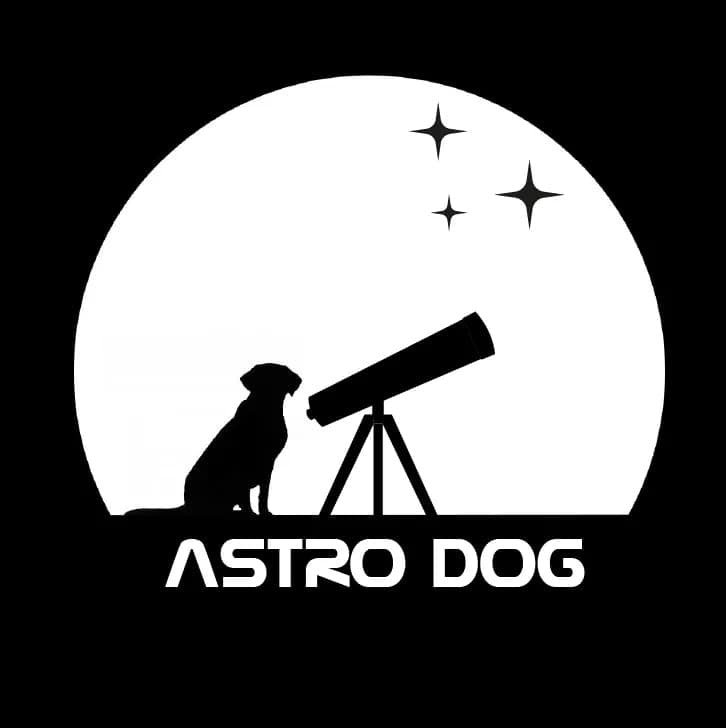A NEW VISITOR FROM BEYOND OUR SOLAR SYSTEM! NEW INTERSTELLAR COMET DISCOVERY! COMET 3I/ATLAS! ☄️
If you have been following astronomy news recently, you may have heard about a newly discovered interstellar object (an object from outside our solar system!).
This mysterious object is a tremendously exciting finding indeed! And we now know that it is a comet! This newly discovered comet is only the third object to have ever been confirmed to be from interstellar origins, making it a significant and extremely rare discovery.
COMET 3I/ATLAS
The object was discovered by the ATLAS (Asteroid Terrestrial-impact Last Alert System) survey telescope in Rio Hurtado, Chile on the 1st of July 2025. On the 2nd of July, observations of the object discovered that it exhibited a coma and tail which indicated that it is a comet.
It is now officially known as 3I/ATLAS (the third confirmed interstellar object / and was discovered by ATLAS) and C/2025 N1 ATLAS (after it was discovered to be a comet).
Comet 3I/ATLAS is of great interest to many scientists and astronomers around the world and many of the world's biggest space research organisations are excited to learn what they can from this chance opportunity to study something from outside our solar system.
WHAT DO WE KNOW ABOUT COMET 3I/ATLAS?
Here is what early observations of 3I/ATLAS have revealed:
-The comet arrived in our solar system from the direction of the constellation Sagittarius.
- It has been observed to have a marginal coma and short arc second tail.
- Its hyperbolic trajectory confirms that it is an interstellar object and will not be returning once it has left our solar system.
- 3I/ATLAS is travelling at roughly 58km (36 miles) per second, which is roughly twice the speed as the two previous interstellar objects observed in our solar system – Oumuamua (discovered in 2017) and comet 2I/Borisov (discovered in 2021).
- 3I/ATLAS is also thought to be much larger than the two previous interstellar visitors, and may be up to 12 miles in diameter. However, as it is a comet that produces a coma and tail, accurate measurements are hard to make and it could be much smaller than initial estimates.
HOW CLOSE WILL THE COMET COME?
No doubt this special visitor travelling towards us will likely produce many sensationalist mainstream media headlines, but don’t worry, it doesn’t pose any threat to Earth!
Comet 3I/ATLAS is travelling closer towards the centre of our solar system at an estimated speed of 152,000mph, and is thought to be currently near Jupiter around 420 million miles from Earth and 416 million miles from the Sun.
From current calculations it is expected to reach its closest approach to the Sun around the 30th of October reaching perihelion (closest distance to the Sun) at around 130 million miles from the Sun, just within the orbit of planet Mars, but safely beyond the orbit of Earth.
WHAT DOES/WILL THE COMET LOOK LIKE?
3I/ATLAS is currently a very faint object with a magnitude of around 18.8 which is too faint to be visually observed with the average backyard telescopes, but can be seen in long exposure telescope photography. However, as it travels closer to the Sun it is expected to become slightly brighter and may become visible through backyard telescopes.
The comet will remain visible to long exposure telescope photography until sometime in September. It will disappear from view as it travels behind the Sun throughout October and is expected to become visible again sometime in December.
It is unlikely that comet 3I/ATLAS will be visible to the eye and in landscape astrophotography images like the incredible comet NEOWISE in 2020 or the more recent TSUCHINSHAN-ATLAS. However, you never know! Comets are notoriously difficult to predict. Nonetheless, it would be amazing to see even the hint of an object that has travelled to us from a different star system!
STAY TUNED FOR MORE INFO ON COMET 3I/ATLAS!
We are super excited to hear of this incredible icy visitor from outer space and we can’t wait to see what we learn from this amazing opportunity to study an object from outside our solar system! We will be keeping a close eye on 3I/ATLAS and will keep you all updated with any interesting developments.
Clear Skies! ✨️
ATTACHMENT: Below you will see a short video clip made from observations of comet 3I/ATLAS using Las Cumbres Observatory (LCO) telescopes. The telescopes are tracking the comet, which is in the centre of the image. What you are seeing is the movement of the comet in relation to the background stars.




